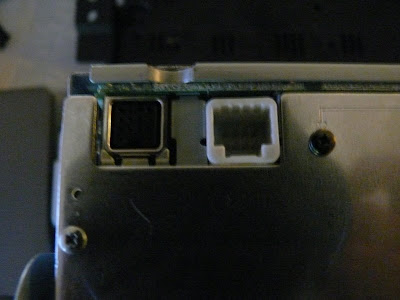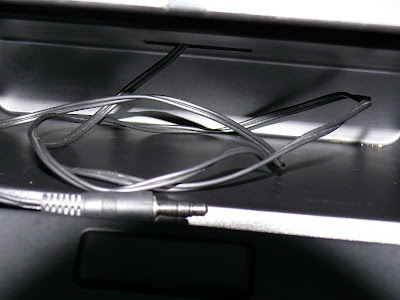Karnataka Elections : Make sure your name is in the Electoral List
Here is a mini How to check if your name is in Bangalore Voters List.
Click HereFill in only 2 fields, Name: and Pin:
Chances are your full name will not show up since the spelling would be in error. If this happens, here is a what you do:
Enter only 2 fields as before. Enter the first 3 letters of your name (DIL for Dilip for example) in the Name: field and the Pin: as usual.
You are sure to get lots of matches now.
If your name is not there try alternate spelling for those three letters (eg: SANTI will most probably be spelled as SHANTHI, so you are better of looking for SHA too!)
More information about upcoming elections, here are some more links.
Details on Elections is available
HERE.
See
THIS LINK for details on date and which constituencyProcedure for getting / changin your name in voters list see this link.
Bangalore Urban Maps of Constituencies are HERE
Here is the Election Commission of India Page for information about our democra(c/z)y.
The process of getting an EPIC (Electors' Photo Identity Card )
is quite painful and there is total confusion all over. However, if your name is in the Electoral roll, all you need is a Govt. of India photo ID - Passport / PAN Card / Driving License / Ration Card, and you will be able to vote for the 2008 Karnataka elections.
Make sure your name is in the list AND VOTE! If you don't vote, chances are some one else will vote for you - and you don't want that!
Do leave a comment if you have more info or this post helped you.





















